The area we visited last weekend included places in three states, but that’s just political geography, invented by men and as transient as a firefly light in the grand scheme of the Earth. A more geographically apt way to think of our destination is the Driftless Area. That too is transient – everything is, over millions of years – but not quite as much.
The concept is well enough known that a part of Wisconsin markets itself as Driftless Wisconsin, no doubt to compete with the better-known wooded areas up north and the cities in the southeast part of the state. The organizations web site tells us that “the Driftless Area includes 24,103 square miles, covering all or part of 57 counties in southwest Wisconsin, southeast Minnesota, northeast Iowa, and a small part of northwest Illinois.
“The region’s distinctive terrain is due to its having been bypassed by the last continental glacier. The term ‘driftless’ indicates a lack of glacial drift, the deposits of silt, gravel, and rock that retreating glaciers leave behind.
“The Driftless Area is characterized by its steep, rugged landscape, and by the largest concentration of cold water streams in the world. The absence of glaciers gave the rivers time to cut deeply into the ancient bedrock and create the distinctive landforms. Karst topography is found throughout the area, characterized by shallow limestone bedrock, caves, sinkholes, springs, and cold streams.”
That is, this part of the Midwest actually has some pleasing topography, unlike most everywhere else. A 1989 visit to Galena, which is in that “small part of northwest Illinois,” introduced me to the pleasures of the land, even though visiting Galena is mostly about the pleasures of a late 19th-century streetscape put to modern uses.
Sometimes I miss hills. The modest hills of San Antonio, the more robust ones of the nearby Hill Country, the rolling hills of Middle Tennessee. So it’s good to visit the hills and take a look off in the distance.
A few miles east of Galena, in rural Jo Daviess County, Ill., along US 20, there’s an overlook worth stopping at.
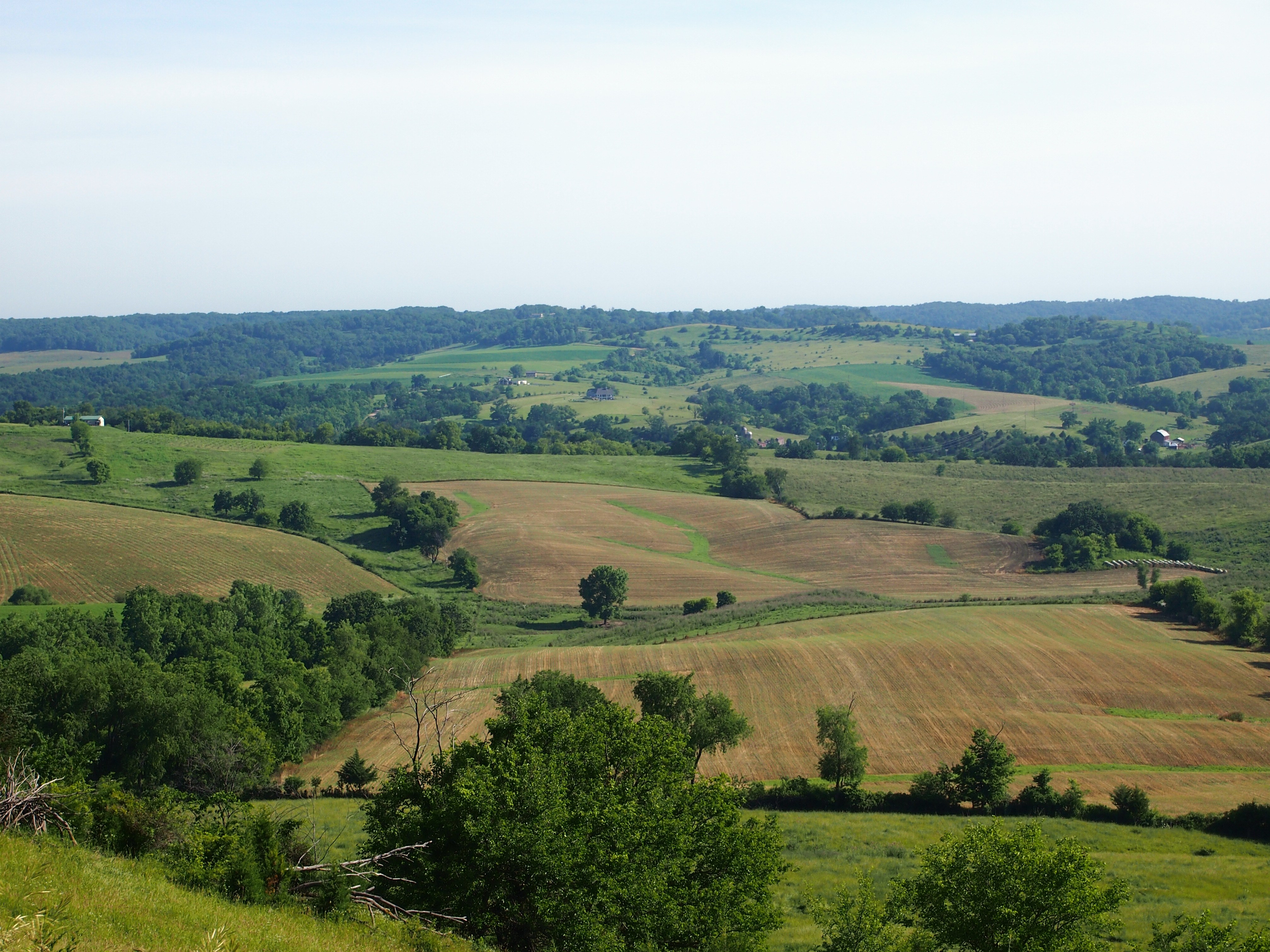
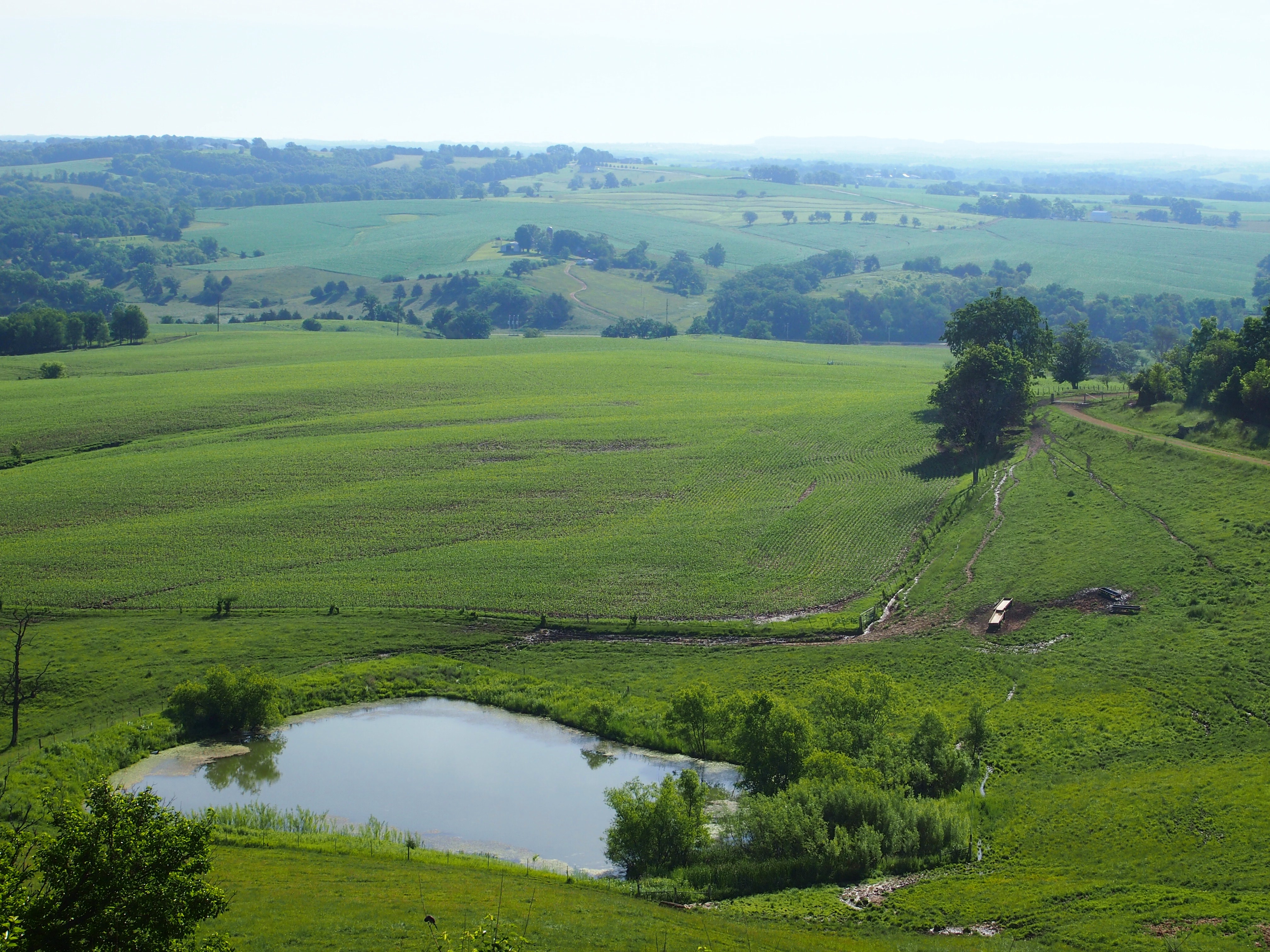 Further south at Mississippi Palisades State Park, there are views from the palisades. They’re not quite as lofty as the more famous Hudson River features, it seems, but offer fine views of the Mississippi all the same.
Further south at Mississippi Palisades State Park, there are views from the palisades. They’re not quite as lofty as the more famous Hudson River features, it seems, but offer fine views of the Mississippi all the same. 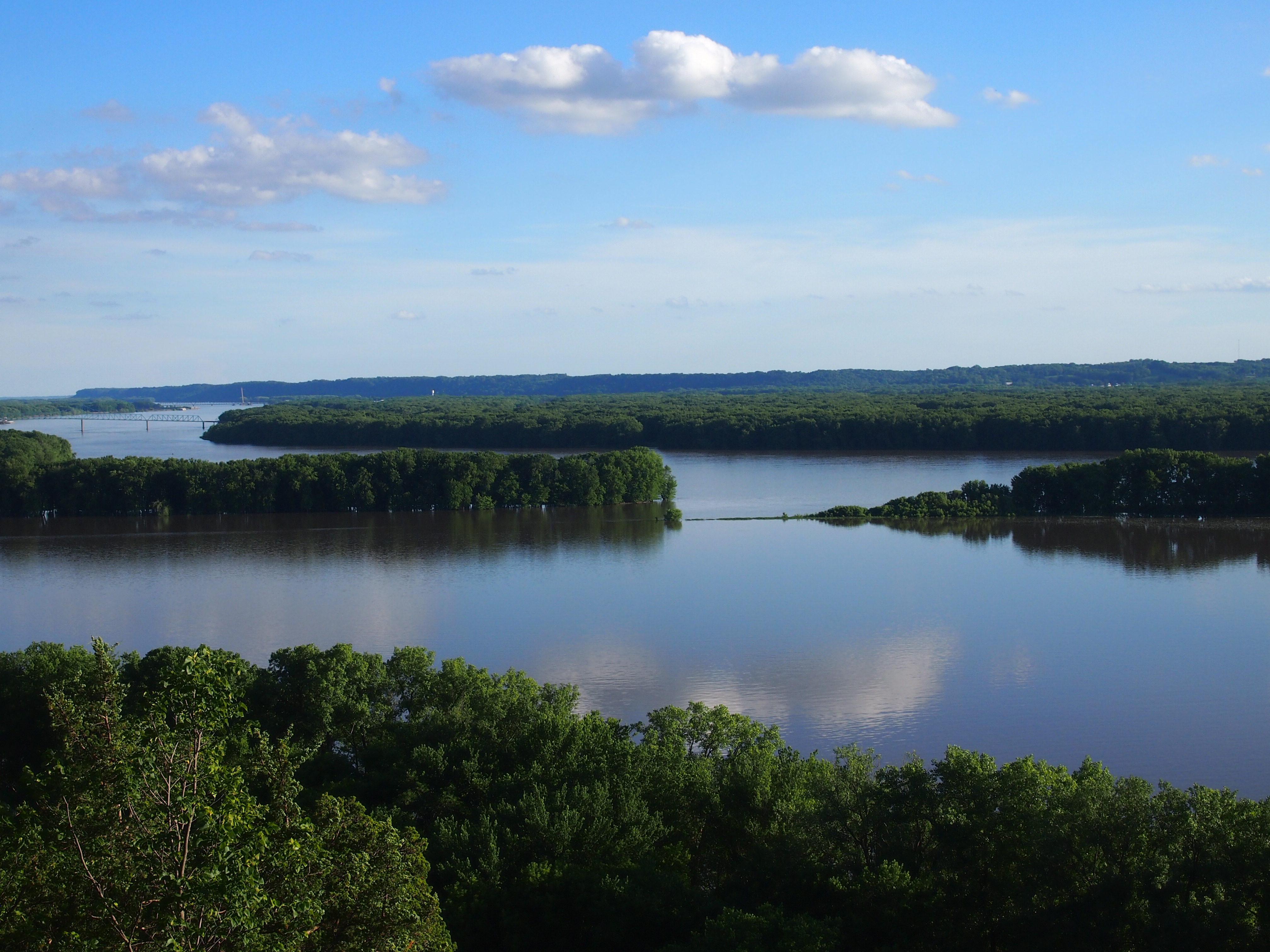
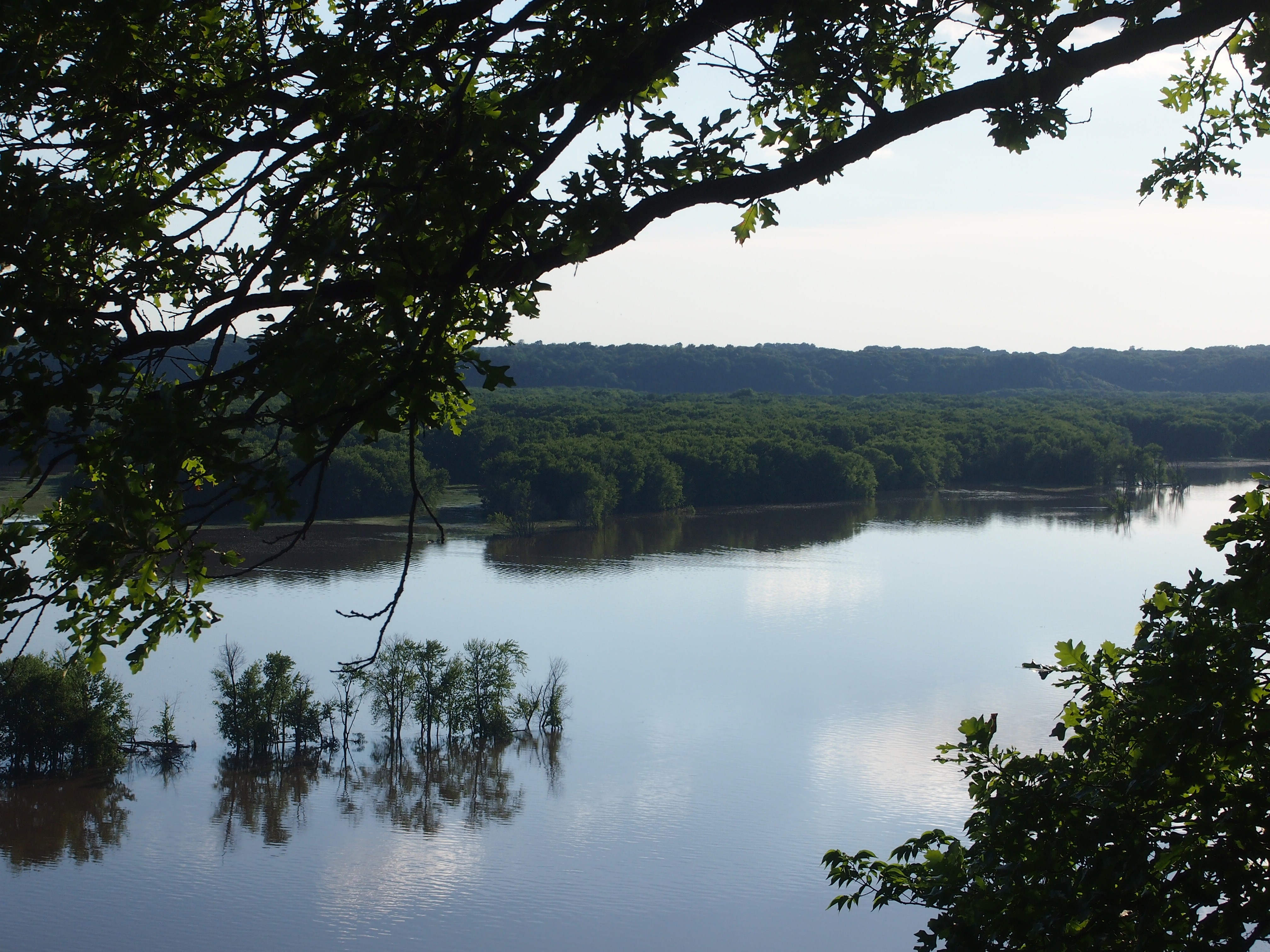 The hilly topography shapes human settlement as well. A large bluff rises west of the Mississippi in the city of Dubuque. The older parts of the city spread out below the bluff, down to the banks of the river.
The hilly topography shapes human settlement as well. A large bluff rises west of the Mississippi in the city of Dubuque. The older parts of the city spread out below the bluff, down to the banks of the river. 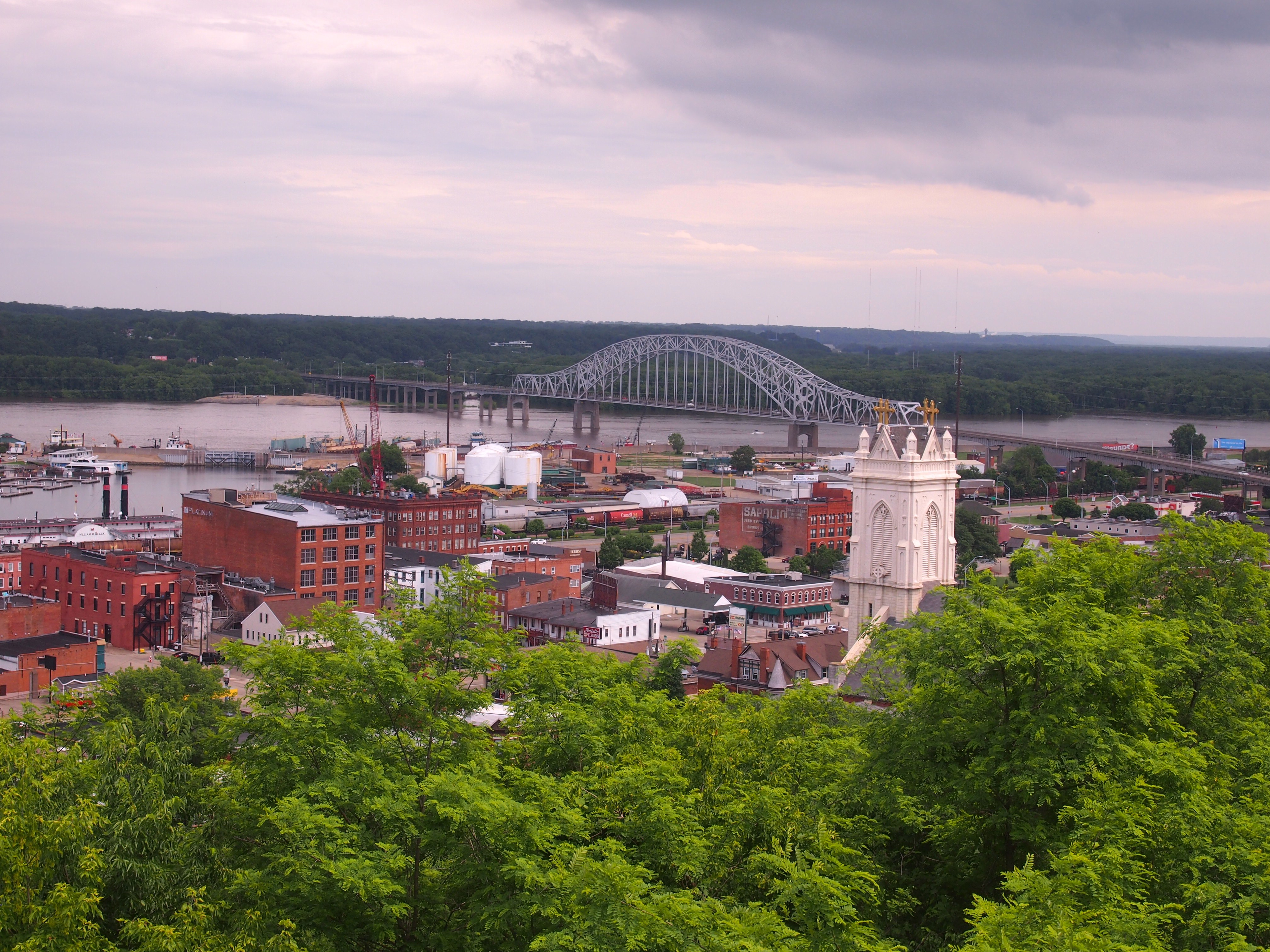
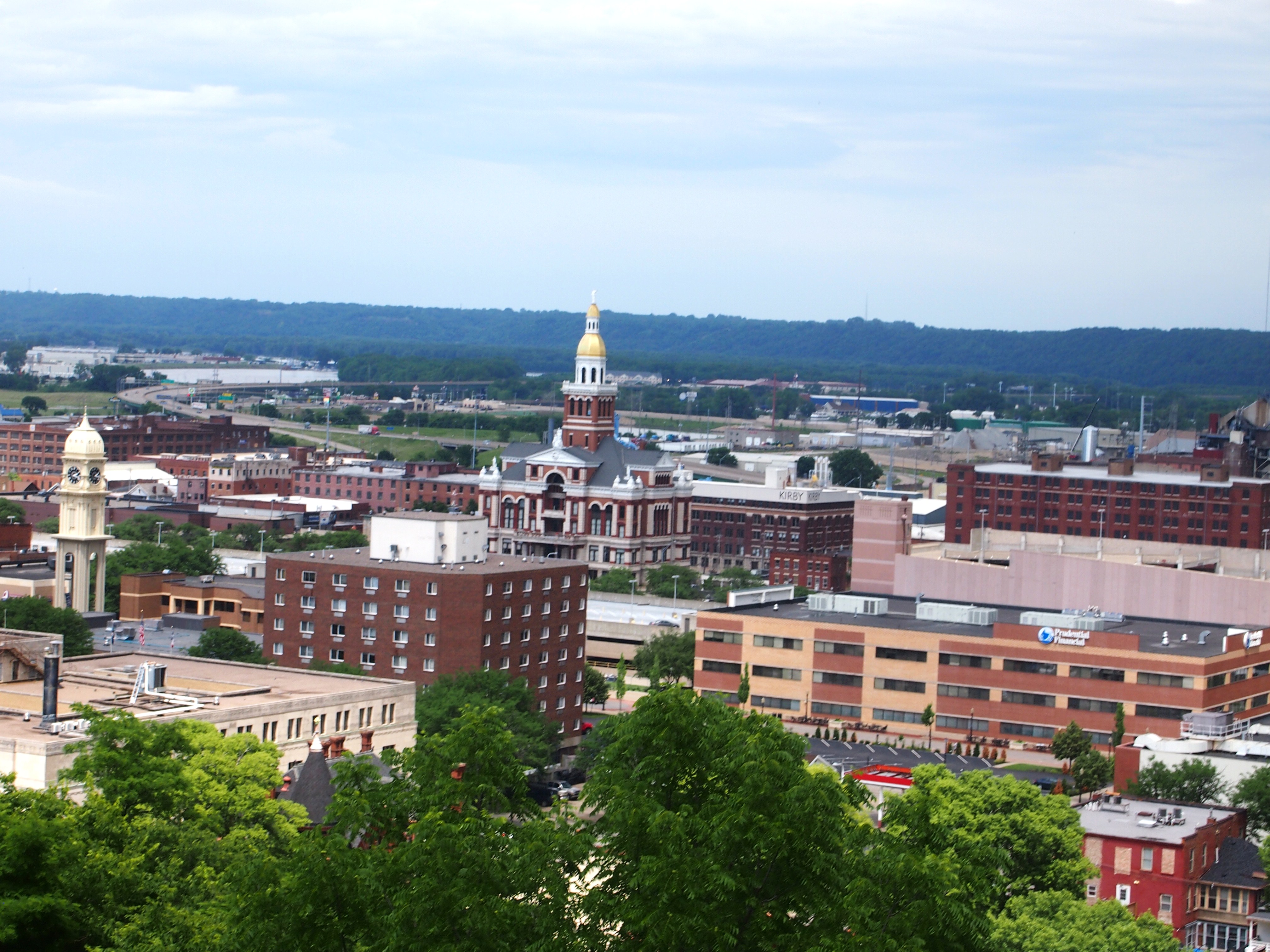 Naturally, the visit only whets my appetite to take a look at more of the Driftless Area, especially up around Prairie du Chien in Wisconsin and Effigy Mound Nat’l Monument in Iowa. It’s a mild affliction I suffer.
Naturally, the visit only whets my appetite to take a look at more of the Driftless Area, especially up around Prairie du Chien in Wisconsin and Effigy Mound Nat’l Monument in Iowa. It’s a mild affliction I suffer.